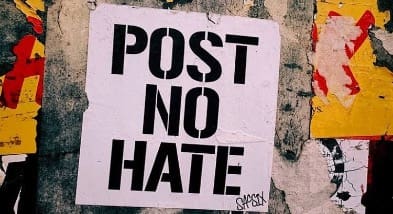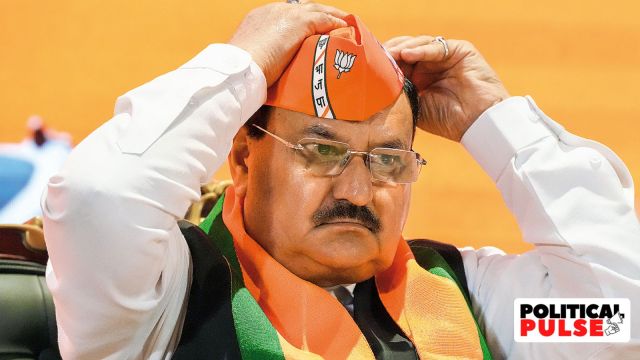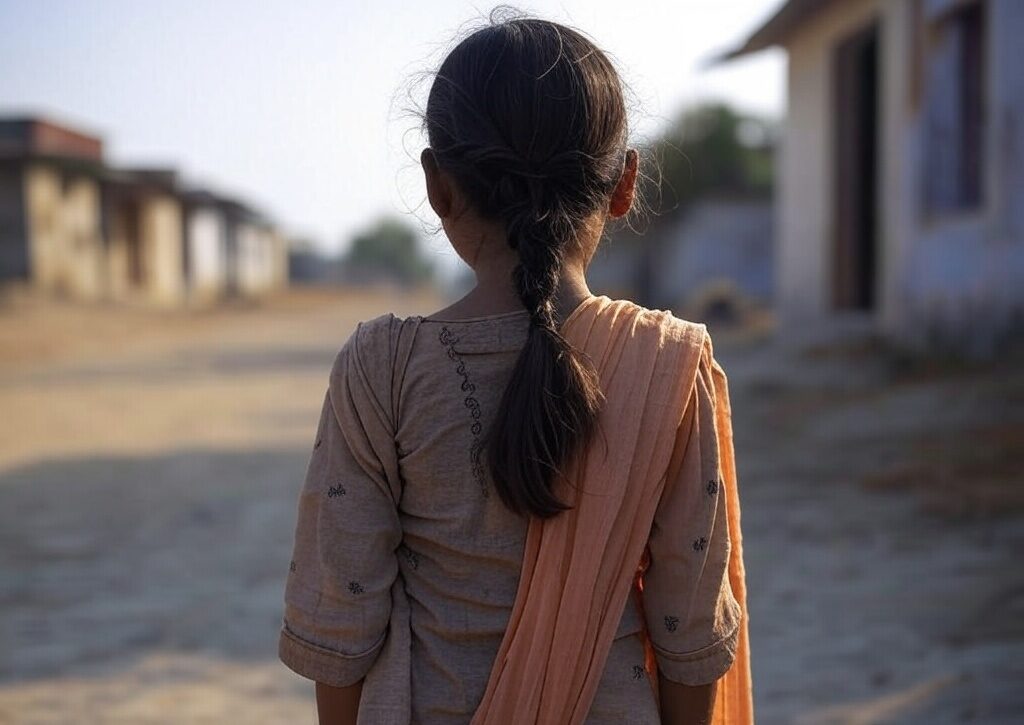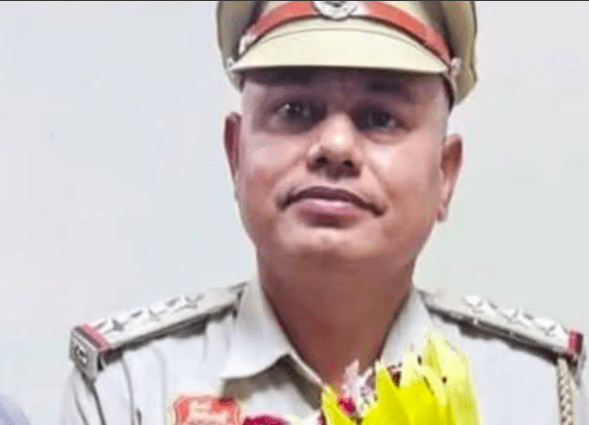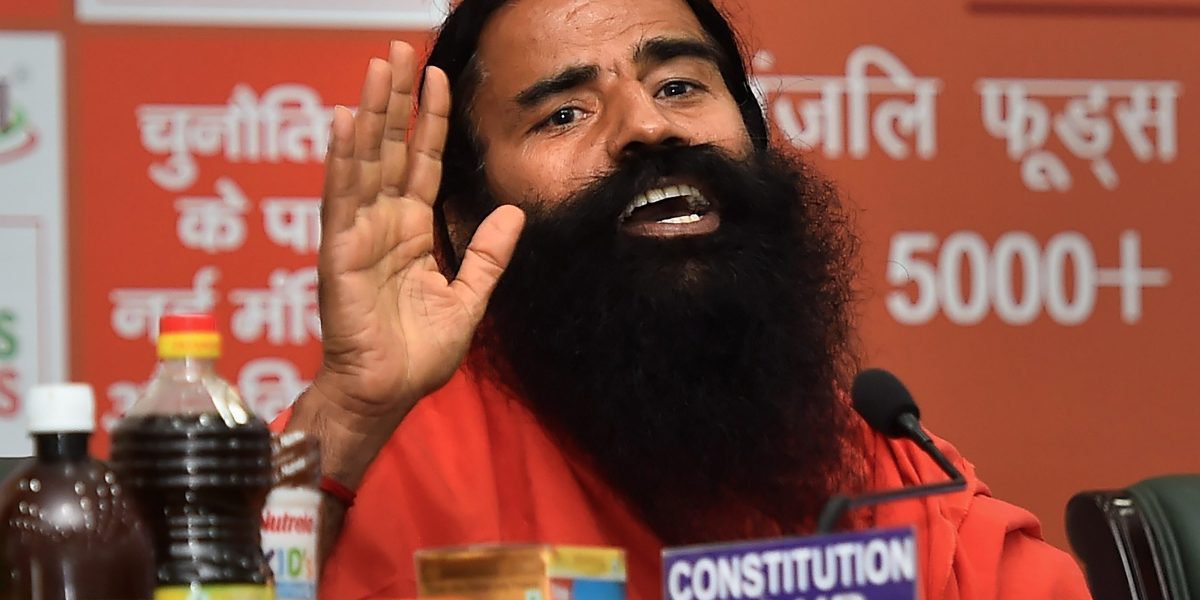
The Delhi High Court on Monday asked the police to respond to a bail application filed by Mohammed Saleem Khan in a case related to communal violence in the national Capital in 2020, Bar and Bench reported.
Khan, 49, has been named in three first information reports about the violence. He was arrested by the Delhi Police on March 13, 2020. He has been accused of conspiring about the riots, instigating the public and destroying the closed-circuit television camera footage of the violence.
He was booked under the stringent Unlawful Activities Prevention Act on June 25, 2020, ANI reported.
While he was granted bail in two FIRs, a special court in March had rejected his bail plea in a case about a conspiracy to defame the government.
On Monday, a bench of Justices Mukta Gupta and Mini Pushkarna was hearing an appeal filed by Khan.
The 49-year-old has argued that he was arrested in the larger conspiracy case after 111 days, ANI reported. The arrest was made even though the FIR does not reveal his name or his role in the matter, he added.
Khan has been in jail for over two years, his counsel advocate Mujeeb Ur Rehman told the High Court, reported Bar and Bench. “The only evidence against him [Khan] is CCTV footage, which is not conclusive,” he said.
Khan’s role in the violence was minor compared to others, Rehman added. Several other accused persons in the case are out on bail and so Khan should be granted bail, he said.
The court will now hear the matter on July 20.
Communal violence had broken out between the supporters of the Citizenship Amendment Act and those opposing the law in North East Delhi between February 23 and February 26, 2020. The violence claimed 53 lives and hundreds were injured. The majority of those killed were Muslims.
The Delhi Police claim that the violence was part of a larger conspiracy to defame Prime Minister Narendra Modi’s government and was planned by those who organised the protests against the amended Citizenship Amendment Act. They also claimed the protestors had secessionist motives and were using “the facade of civil disobedience” to destabilise the government.
This article first appeared on scroll.in


